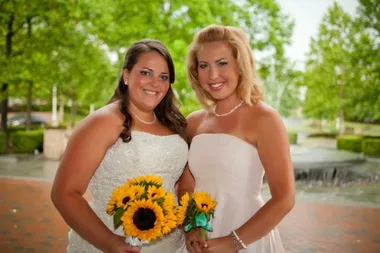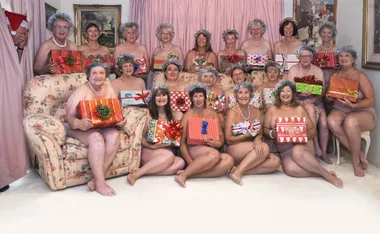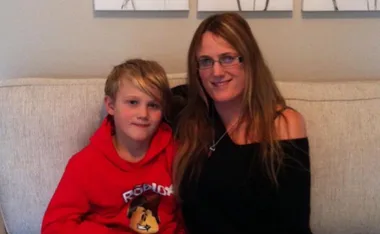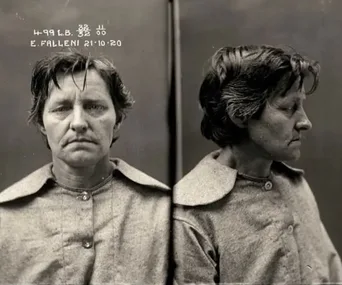By Caroline Fisher
In 1986 Raymond and Ruth Tanner had to watch helplessly as their precious baby James struggled for survival.
“James was born with an inoperable heart condition and it was gut-wrenching watching our first-born son struggling to breathe.”
After two days on breathing apparatus, James’ breathing tube was removed.
“It was my birthday and they said, ‘There’s no blood going to his brain,'” says Raymond.
Seven days later James gave up the fight and died. His parents started the long and painful process of grieving for their child.
Then, in 2001 Raymond was driving along listening to talk back radio.
“The Liberal Minister for Human Services, Dean Brown was talking about a recent scandal involving the illegal removal of babies’ hearts and brains by Adelaide’s Women’s and Children’s Hospital and their storage in the hospital’s basement,” recalls Raymond.
From 1957 to 1990 over 1000 hearts and brains had been removed during post-mortems without authorisation, from babies and adults, and kept in the hospital for medical research.
“I phoned the hotline number and Ruth and I were in shock when we were told that our baby son James’ heart and brain had been removed, examined and then his brain disposed of as medical waste.”
After James died, the cardiologist from Adelaide’s Women and Children’s Hospital had phoned Raymond and Ruth to ask if an autopsy could be done on James’s heart.
“We agreed,” says Raymond, “but we both assumed that his heart had been put back into his body and it was intact when he was cremated. Now we know it wasn’t.”
As a result of this awful and unlawful practice, 110 parents successfully fought a class action, suing the South Australian Government for a payout of over a million dollars. However, Raymond and Ruth chose not to sue.
“We didn’t want to go through the stress and it wouldn’t have resolved the situation,” Raymond said. He has since found out that the majority of those who chose to sue had also asked for the return of the organs.
In July 2002, the South Australian Government held a memorial service for the families affected. Raymond described the memorial service as, “a very rewarding and soul-searching experience.”
He and Ruth wonder what they would have done if the hospital had asked for permission to remove James’ organs.
“If we had been asked, we would have probably said ‘yes’. But it was the secrecy in taking James’ organs, particularly his brain, and then just throwing it away, that was very hurtful,” said Ruth.
In 1990, the laws were changed, making it compulsory for family consent to be obtained before removing organs.
In 1992, Raymond and Ruth discovered why baby James had been born with the defects that took his life.
“I have a condition called VCFS or Velco Cardio Facial Syndrome. This is a condition that causes a range of problems,” says Raymond. “I was born with a cleft palate, protruding forehead, cauliflower ears and webbing between my fingers and toes,” but it wasn’t detected till I was 43.
James’ heart was used by the hospital for research into this condition. Raymond and Ruth say they have now given permission for his heart to remain at the hospital.
“Our decision was not an easy one, but we have been through so much that we now feel more at peace with our decision. If James’ heart has helped cardiologists to better understand VCFS, then good had come out of this awful experience.”
Raymond has written a book about his experiences titled, Footprints of Hope
For more information about VCFS, visit www.vcfs.com.au or www.vcfsef.org
Donations can be made to the VCFS Foundation Queensland:
**The secretary
1 Milman Street
Clayfield
Qld 4011
** Donations to the foundation will support the VCFS Qld Clinic at the Mater Children’s Hospital.










